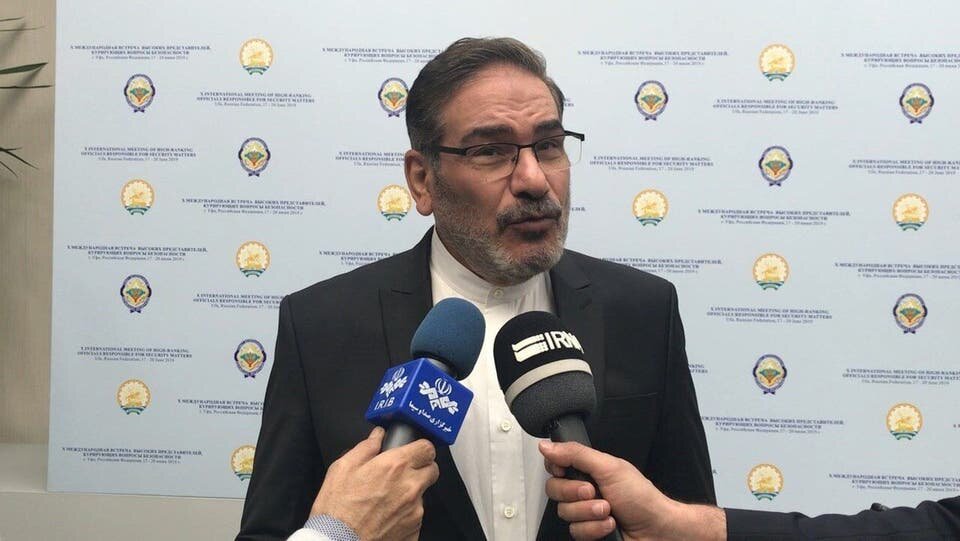The necessity of “effective reaction” against U.S. hybrid war

TEHRAN - The recent trip of Ali Shamkhani, secretary of Iran's Supreme National Security Council to Russia was of crucial importance, especially because he talked about “hybrid threats” posed by United States to Iran and other world countries.
Over this trip, Shamkhani made a speech in the international security conference held in the Russian city of Ufa on Tuesday. This was a joint meeting with top officials from Russia, China, India, Pakistan and Afghanistan. Shmakhani also had one-on-one meetings with high-ranking officials from these countries to discuss security issues.
There are a number of subjects that should be highlighted here:
1. One of the most important topics discussed over Ufa meeting was the threats of U.S. “hybrid warfare” for Iran and other countries who play an important role in the international arena.
Discussing this topic means that the Asian countries whether in central, eastern or western parts, have now found a better understanding of the meaning of U.S. “hybrid warfare.”
Hybrid warfare is a complex and calculated political warfare that blends conventional military strategies with other influencing methods.
Hybrid warfare is not necessarily a “military warfare”, on the contrary, it is based on analyzing both the potential and the actual strengths and weaknesses of all the players in the field.
According to Munich Security Conference 2015, hybrid warfare may include using diplomacy, economic power, mass communication for propaganda, cyber-attacks, and even supporting local riots and guerilla warfare.
So, when we talk about U.S. hybrid war against other international powers, we need to forget about the classic definition of war and adopt a new outlook.
2. Trump administration has proven the world that it will not respect the international agreements and decisions. Trump unilaterally left U.S. nuclear deal with Iran, abandoned Paris Agreement and is now challenging other international agreements such as North American Free Trade Agreement (NAFTA). These actions are all red flags for the whole world about the immediate danger of U.S. to the world.
Therefore, as a first step, the world independent countries need to form a joint understanding about “Washington’s threat to the humanity” and “the parameters of U.S. hybrid warfare.” meetings such as Ufa conference will be a major step toward achieving this goal.
Now, in 2019, Washington is trying to rearrange his battle plan against other countries based on a complex set of new parameters. This new dangerous scheme, designed by U.S., will not be thwarted, unless new offensive and defensive strategies against U.S. hybrid war are designed.
Washington has majorly devised this complex scheme based on the “predictable behavior” of its contestants; but with drafting a new “guideline for counteracting U.S. hybrid war”, this scheme can be thwarted.
3. The meeting between Afghanistan’s six neighboring countries in Russia, has been one of the events that sabotaged parts of U.S. plans in successful operation of its hybrid war against the countries who are key decision-makers in West Asia and Indian subcontinent.
“Purposeful distribution of tasks” between Afghanistan’s neighboring countries in solving its issues (provided that each of the countries meet their responsibilities) will disrupt a major part of Washington and NATO’s plans. In such an environment, there will be enough room left for others to help, so that the crisis in Afghanistan will finally end and the country achieve real, permanent security.
The recent conference in Ufa is an example of “effective reaction” of active countries such as Iran, Russia, China and India against U.S. hybrid war. These kind of reactions must continue and be defined as long-term permanent plan because Washington’s hybrid warfare against world countries will not stop under any circumstances, even if Trump goes out of office.
